By Jack Rizzo & Emmett Forster
Introduction

On the last day of class, Wednesday, May 29, we invited the Carleton community to join our class for an Experimental Archaeology Showcase to share what we had learned and created. From 2:00 to 3:00 pm, we welcomed those interested in the class to the Anderson Amphitheater (partially shared with the FOCUS Ice Cream Social), where we had set up 8 stations corresponding to our 9 labs as well as a projector with images from the term. Armed with our tools, products, and pictures, our goal was to present and explain the hard work we had done, our experiences, and the interesting skills and information we had learned.
Attendees
Overall, our participants seemed very engaged at each of the stations, with most stopping at almost every station and a few stopping at every station. In terms of types of participants, there was probably a 2:1 ratio of Carleton faculty/professors to friends of the class. For example, one of our data collectors, Gisele Nelson, noted that seven people stopped by the dying station: one artist, five professors or faculty members, and one student. We also had one particularly important visitor—a PBS documentary filmmaker who was doing a project on Martin, the master blacksmith who taught us methods in Week 7. Jake Morton, a classics professor, was also particularly enamored of Martin; Jake had a metal axe from his studies in Albania that he spent some time discussing with Martin. Ultimately, it was discussions like these that really fueled the stations—participants heard about our experiments, asked questions based on their experiences or personal curiosities, and created some meaningful conversations about the histories we were studying.
Stations
Week 2 Lab: Cheesemaking
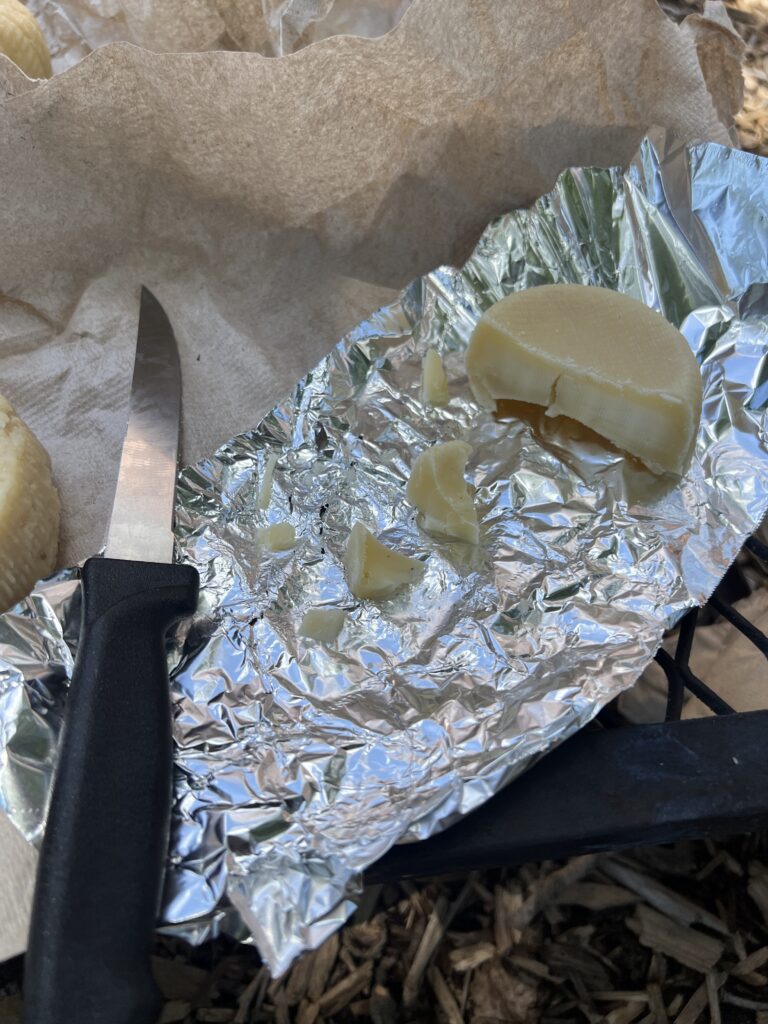


Overall, this may have been one of the most successful and interesting stations. Since this lab back in week 2, our classmate Ashton had been aging the cheeses; he brought them out at the beginning of the Showcase for people to try. When this happened, the entire class and all other visitors gathered around for the presentation, explanation, and tasting of the cheese–it really captured people’s attention! Our data recorders captured some good data on this, too: the cheeses received an average taste rating of 7.1/10, with data gathered from a sample size of 13 people. Additionally, while most of the group–30 or so people–tried the cheese, the primary reasons for avoiding tasting were either outright dietary restriction or uneasiness about the dietary safety of the cheese. One person out of the group had, upon trying the cheese, an extremely negative experience, saying that it tasted disgusting. Given other people’s much more positive reviews of the cheese, however, our data recorders determined this was likely due to them receiving a piece of cheese that had gone bad. Ultimately, this station was extremely appealing to people and received a lot of attention, especially in the early part of the day. Finally, our favorite quote regarding the cheese came from Evan’s glowing review: “It’s definitely cheese.”



Week 3 Lab: Pottery

Our work with pottery was largely presented in its fired form with the Week 6 cremation lab station.
One of the Week 3 curators, Glen Norvell, attended the Showcase in a “period accurate” tunic and belt on which he sported several cutting implements (one hand-forged). He had just spent the last three nights sleeping in our turf booth in an extreme show of dedication to the ethos of Experiential History.
Week 4 Lab: Spinning, Carding, and Weaving



While this station was one of the quieter ones throughout the day, it had the fortunate positioning of being near the cheese station, so people traffic tended to move from the cheese to here. With Margaret De Fer and Elek Thomas-Toth leading the discussions about the lab, visitors got a good explanation of the processes we learned about and the difficulties we had on the way, especially the difficulty of spinning! Margaret, always the fiber arts wizard, also made some demonstrations, which seemed really engaging for the visitors.
Week 5 Lab: Dyeing Wool


The dye lab station was faithfully led by Gisele Nelson and Nicholas Spezia-Shwiff. They set up on a grouping of rocks near the periphery of the Anderson Amphitheater with some of the dyes we used as well as some dyed products: both roving and spun and knitted wool. Gisele noted that while it was fun to share our experience, “we were still confronted with some questions we didn’t know the answer to, as often happens at these sorts of events.”
Week 6 Lab: Cremation


This station was combined with the pottery station of Week 3’s lab. The Week 6 table was led by Hope Yu and Alex Wilson; the two of them did an excellent job engaging with audiences about the process of this lab, as both are passionate about Northern European medieval history. It seemed as if there was always a buzzing crowd at this station, and it was really enjoyable hearing the two of them engage with history professors and faculty members about what they learned from this lab! Along with pots we had fired that week, on display were the remains of the lamb shoulder we cremated—people were fascinated by having an up-close look at those remains.
Week 7 Lab: Blacksmithing


The blacksmithing station was the charge of Albert Bosler and Ashton Macklin, although Ashton had his hands full with the cheese he had aged. The station nicely displayed the results of our hard work during Week 7 in the form of a sampling of the nails and roves we had forged.
Albert reports that “the common sentiment…was that people were impressed with the quality of our work as first-time smiths.” However, Professor Jake Morton doubts the shipworthiness of our handiwork.
Week 8 Lab: Woodworking



This station seemed to take the place of a quiet “pit stop” for people to relax and enjoy watching whoever was currently showcasing the woodworking methods we had learned. At the centerpiece of this station was the shave horse and the draw knife we had used to strip the bark off of branches; leaders of the station Siddharth Srinivasan and Julia Tassava were doing a fabulous job explaining the method and allowing visitors to try it for themselves. Under the shade of the large oak tree, most people enjoyed the work, finding it surprisingly easy and satisfying. A few people, however, were unsure about the process, given that one must pull a large knife in the direction of their body.
Week 9 Lab: Turf Building


The final lab station was under the care of Evan Orjala and Max Serota. While we were of course unable to transport our turf booth to the event, the pair proudly displayed many of the tools that we used in the process and helped explain the process to our guests.
Communicating with the Public
One of the biggest challenges in the field of archaeology is translating complex and often very confusing data into real interpretations that the public can understand and make sense of; engaging in this important process was one of our biggest motivations for hosting the Experimental Archaeology Showcase. There is already a lot of exclusivity in academia, and the scientific elements, interdisciplinarity, and messy data of archaeological projects often exacerbate the inaccessibility of knowledge.
Being able to share the results of our class’s hard work with the Carleton community has therefore been incredibly rewarding and enjoyable. We have been asked countless times this semester: “What is experimental archaeology?” Being able to show people all that we had learned was a wonderful way to both answer that question and cap off an amazing ten weeks.
We will miss you ARCN 222!
Image Gallery









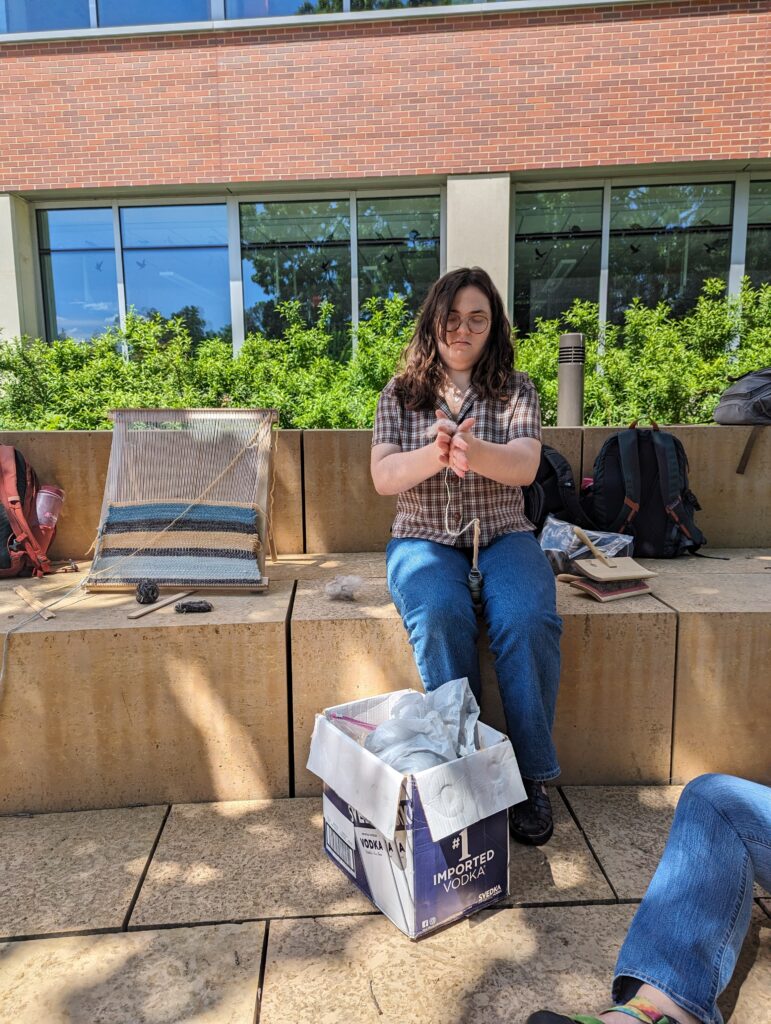












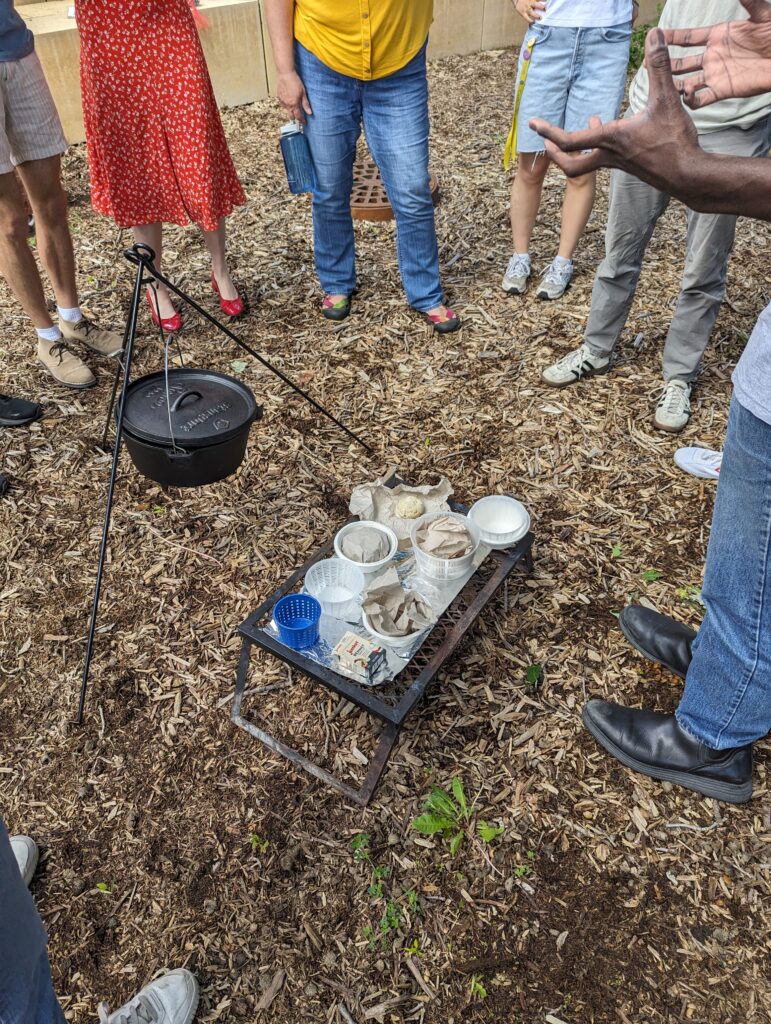






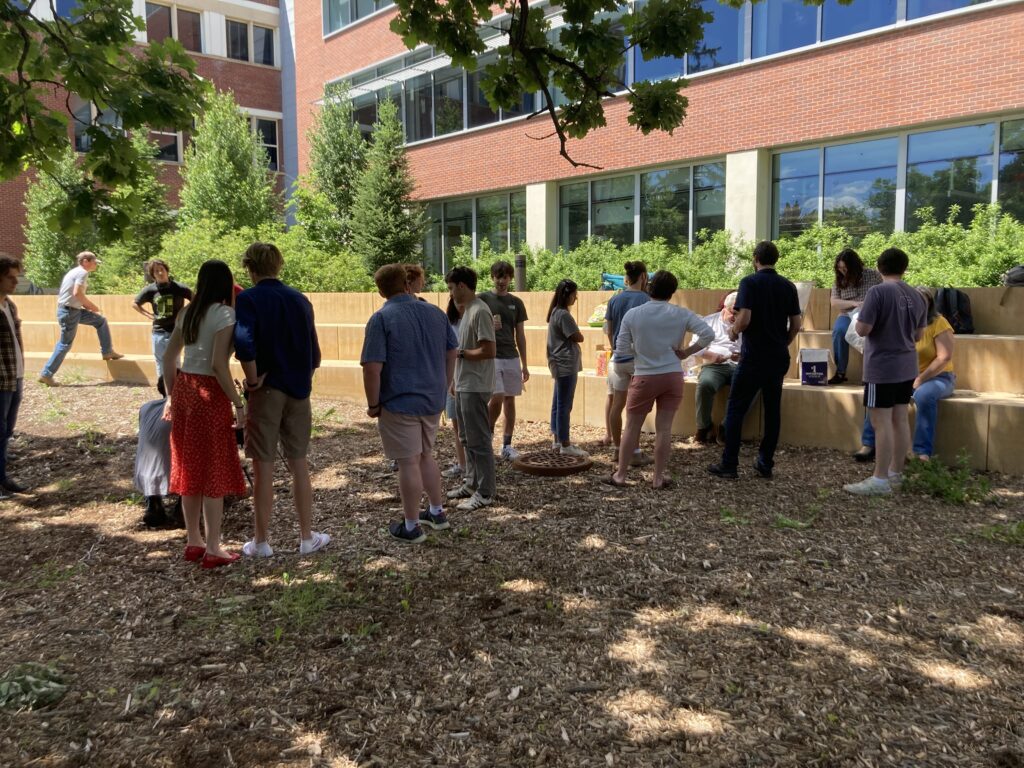
















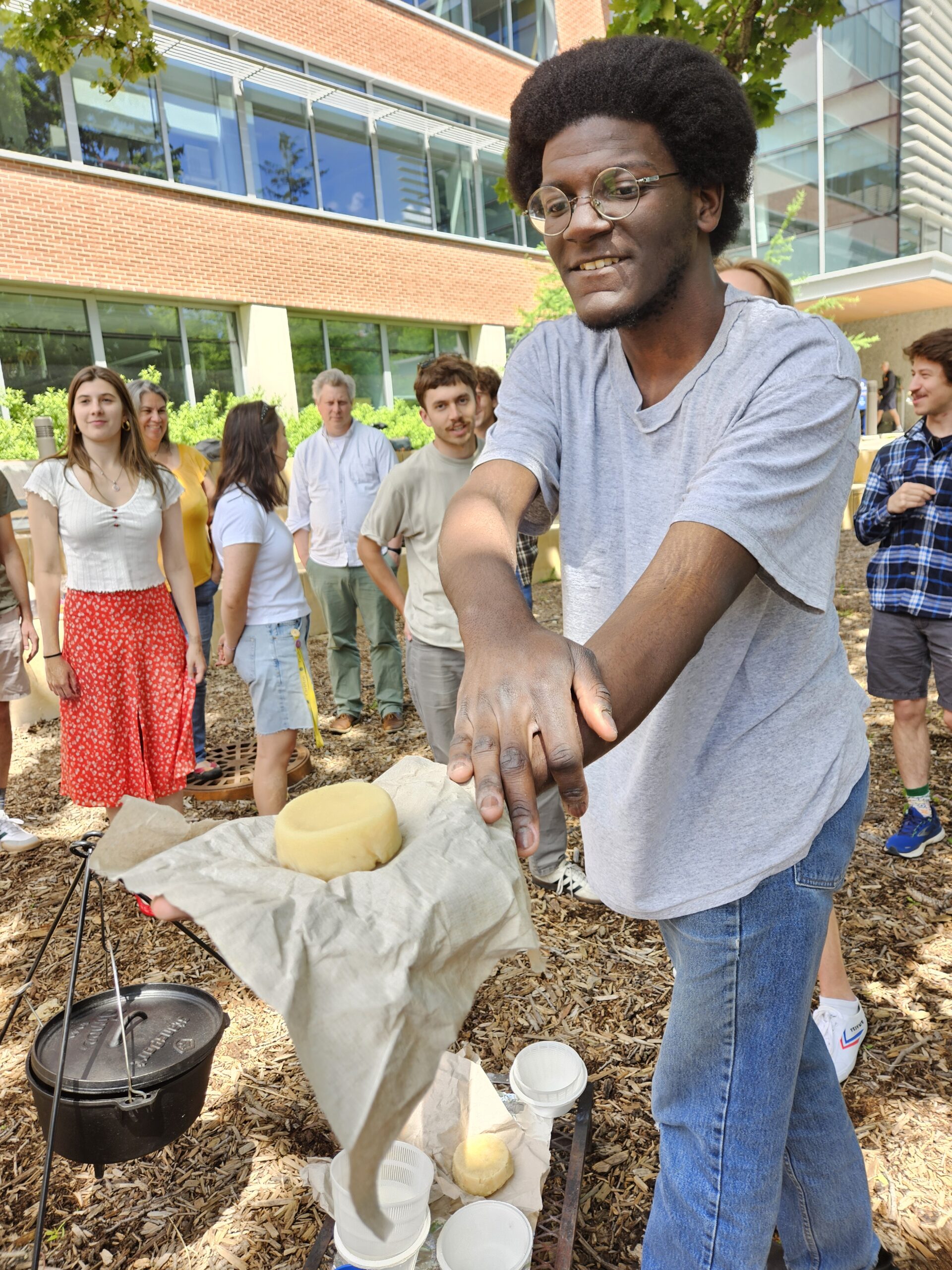
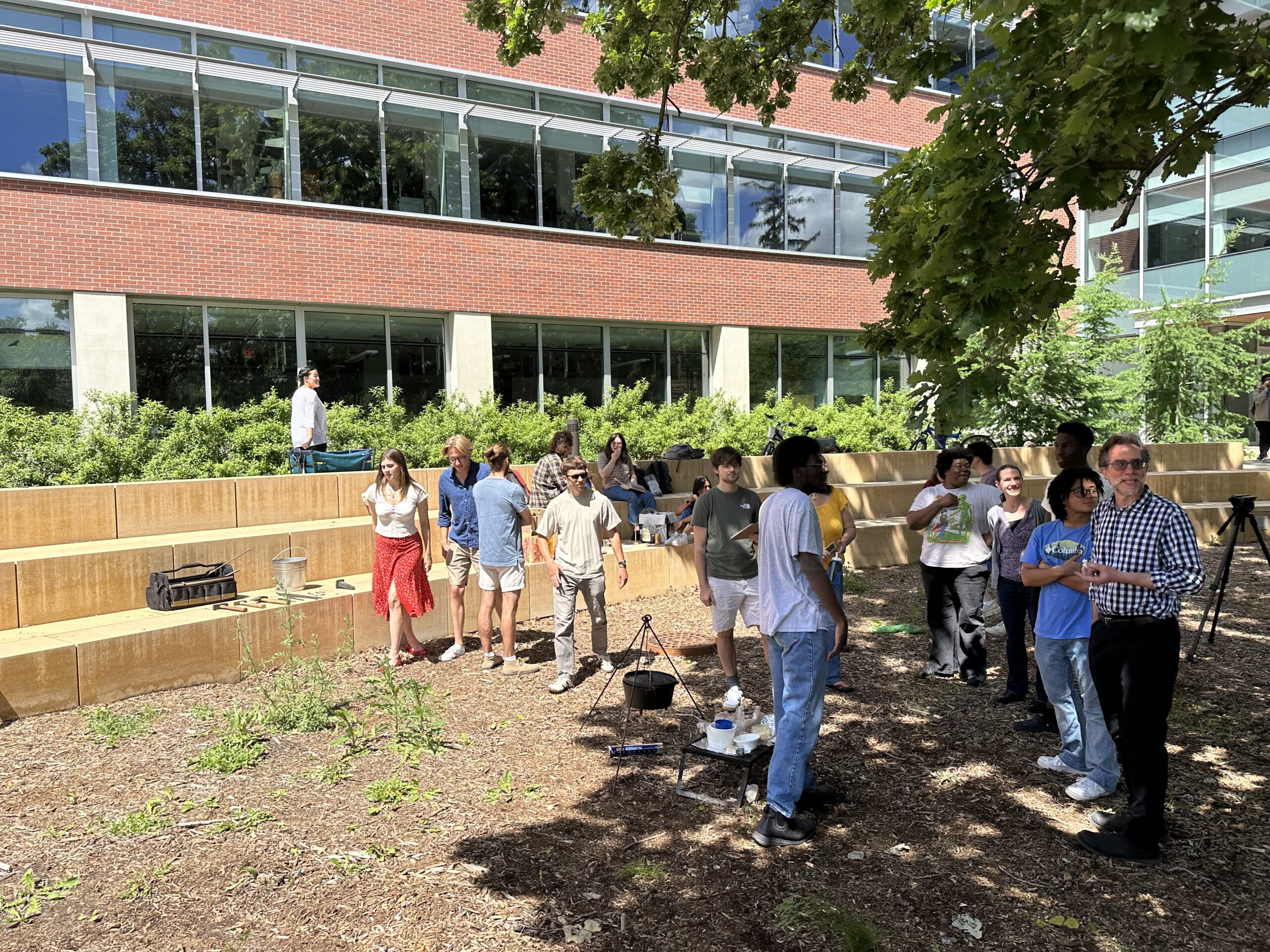


0 thoughts on “Week 10 Experimental Archaeology Showcase Summary”